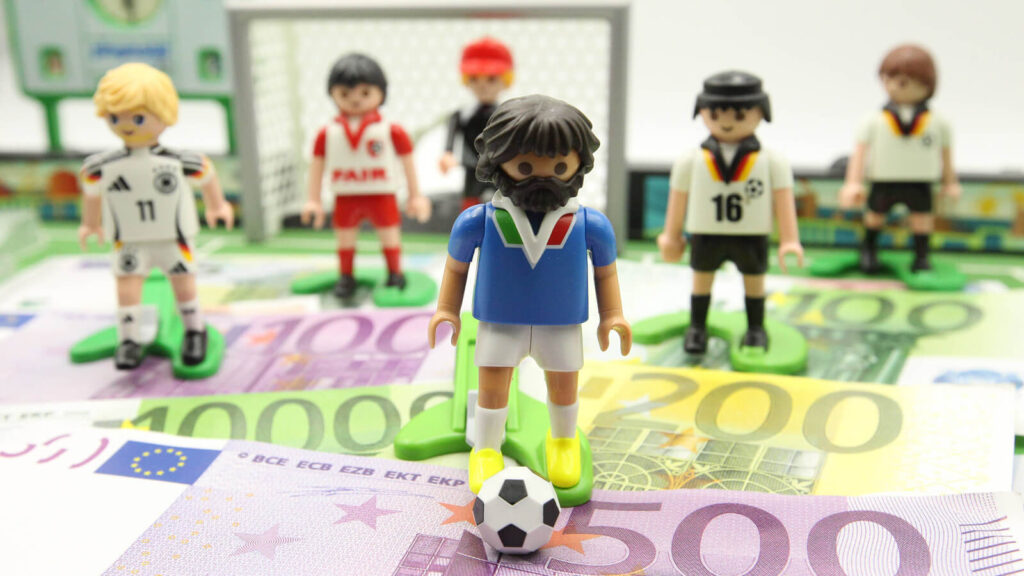Football has gone from being merely a game of passion, into a multi billion dollar global industry in itself. Clubs have gone beyond just sports teams; they are brands that fight for trophies as well as profits. The football business includes many revenue sources – broadcasting rights, sponsorships and increasingly, very rich club owners. This article looks into how football operates as a business. It also tries to cover the different elements that give a club financial success.
The Business of Football Clubs
Top football clubs today are run like large corporations. Behind every match day experience lies a web of commercial decisions. Every part of a football organization has benefit-generating merits. Clubs have teams dedicated to marketing, brand partnerships and global outreach. Such a turn of events has enabled clubs to reach fans in the farthest corners of the world. This converts that fan base into consistent revenues.

Broadcasting Rights: The Money from TV
One of the largest sources of revenue for football clubs is broadcasting rights. Football is one of the most-watched sports around the world. Media companies would pay huge amounts for broadcasting rights of matches. For example, the EPL has put up television deals worth billions of pounds with different broadcasters like Sky Sports, BT Sport and NBC.
The only condition is such revenues are shared among clubs. But the main benefit goes to the clubs because of increased exposure to international markets. This can be seen in the top five European leagues – England, Spain, Germany, Italy and France. Broadcasting income would account for more than 40% of total earnings for many clubs, especially in the top five.
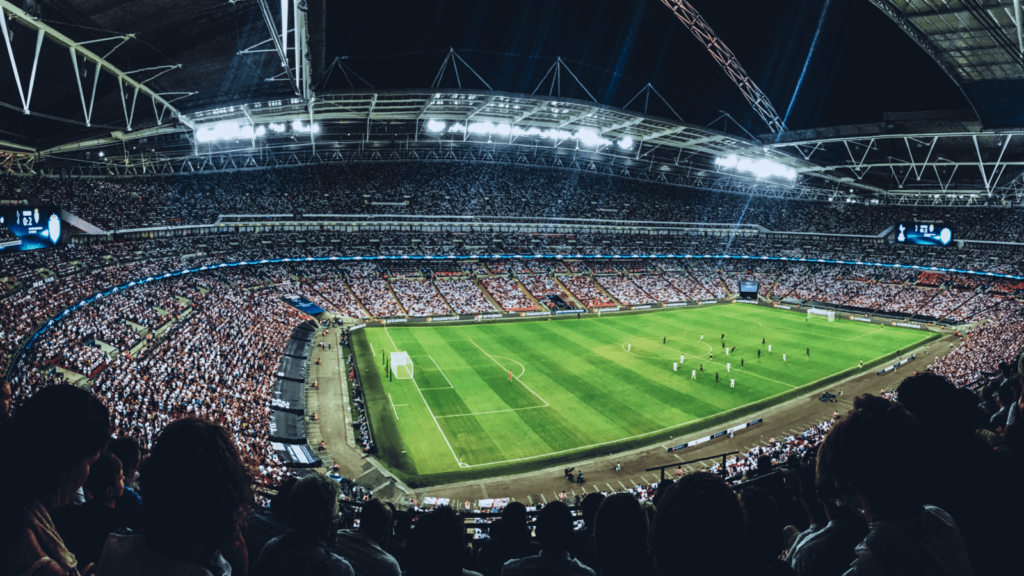
Sponsorship and Advertising
Sponsorship is another big earner, with companies associating with football clubs for marketing. Shirt sponsorship rights and stadium naming rights provide advertising space for multinational brands. Training grounds and even press walls at interviews become ad space.
For example, Real Madrid, having long-standing relations through the years with Adidas and Emirates. Manchester United also capitalized on cities with Chevrolet and TeamViewer. Most of these contracts run into several years and involve tens and hundreds of millions. Clubs use this cash to sign new players, or for improvement of their facilities and develop their international brand image.
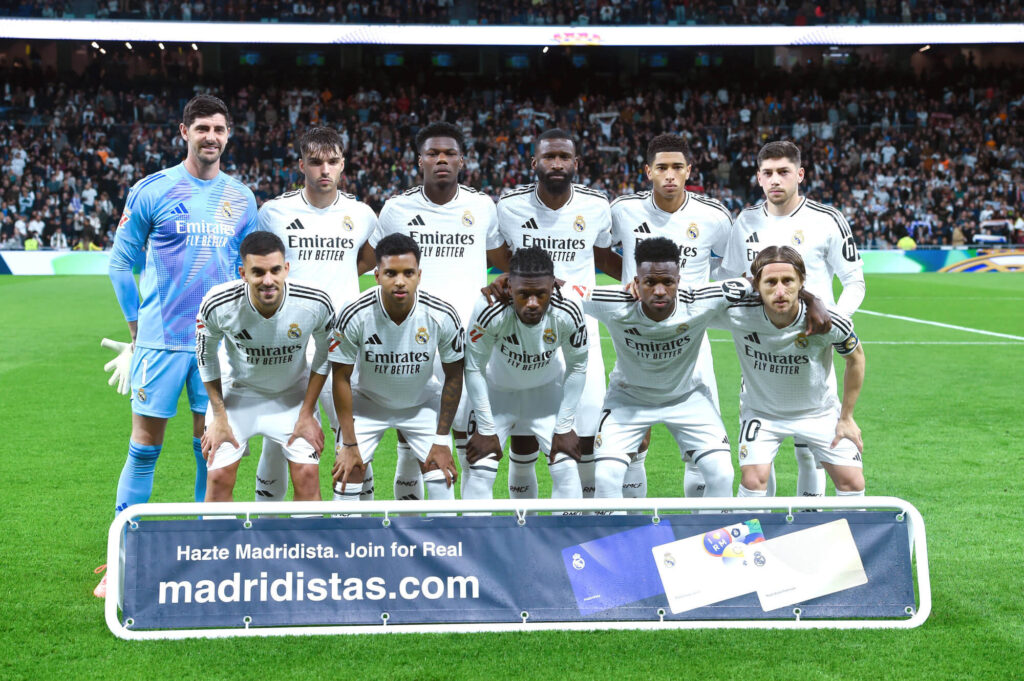
Merchandise and Licensing
Showcasing their affinity for a team comes naturally to fans. This is mainly through the purchase of club merchandise – be it jerseys, scarves, caps or whatever is available. This is a great avenue for these clubs to rake in millions each year through sales of official merchandise. These include limited editions, retro wear and player customized products.
The club gets into a third-party licensing agreement with companies to produce merchandise using the club’s branding. This international demand for football merchandise allows clubs to earn on markets far from their country of origin.
Increase in the Billionaire Ownership
Recently, wealthy individuals and corporations have gone into football management. Owners usually pour strong financial support to sign star players, appoint best coaches and construct new stadiums or training facilities. An illustration of this is Roman Abramovich’s takeover of Chelsea in 2003, which turned out to be one of the powerful forces of Europe. The takeover of Manchester City by the Abu Dhabi United Group in 2008 is an admirable ambition for creating a global football brand.
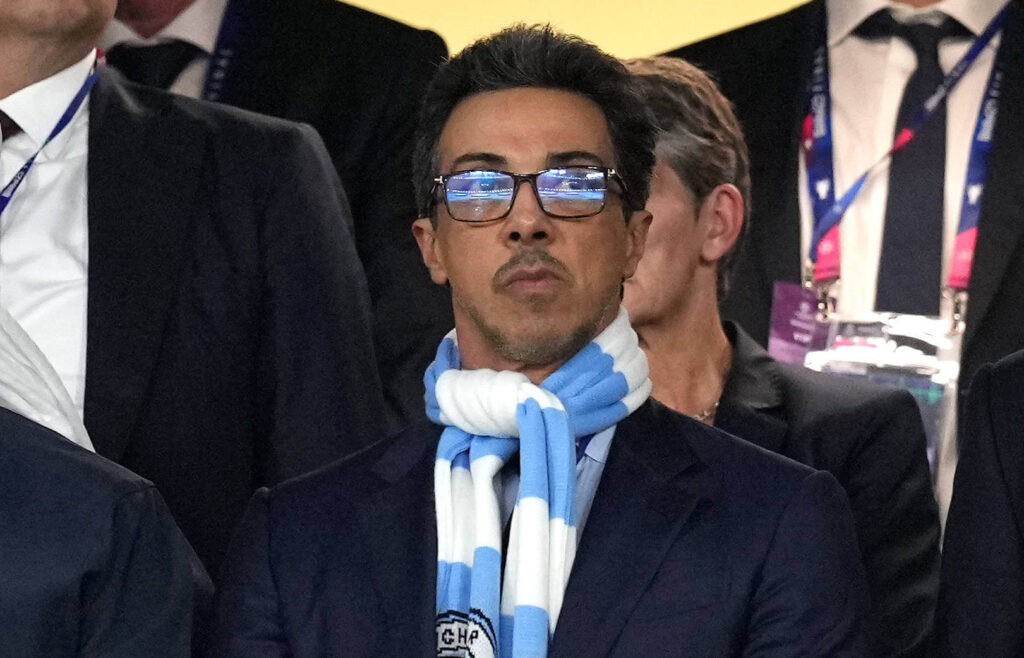
Such billionaire ownership sure does facilitate fast growth. But it raises some questions about fairness and sustainability of such economic models. Since not all clubs afford serious backing, there exists a serious divide between the elite and the rest.
A Global Brand
Football clubs have now become international brands. They implement global marketing campaigns and partner with local firms in foreign markets. They even play their pre-season games in Asia, the U.S. and the Middle East to attract fans and sponsors.
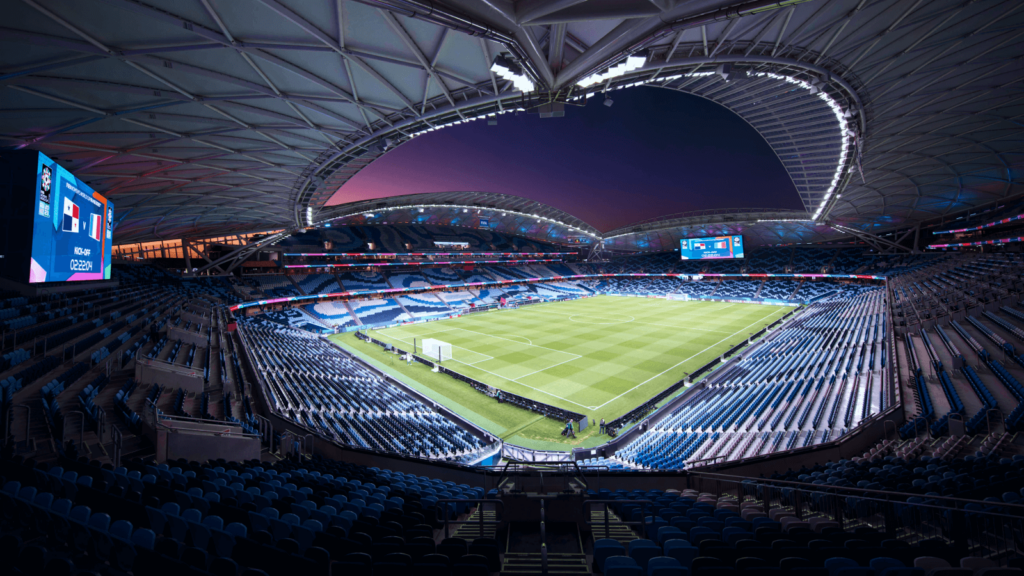
Social Media is also tremendously important in this growth. Clubs like Barcelona, Manchester United and PSG have millions of followers on social media. These platforms allow clubs to engage with fans and sell merchandise. They also promote sponsors and nurture loyalty.
With global fan bases, clubs can create new streams of revenue. This can be via localized content, merchandise in foreign languages and sponsorships tailored to specific regions. Many years went into building such brands, but they would later be equally rewarded in monetary strength.
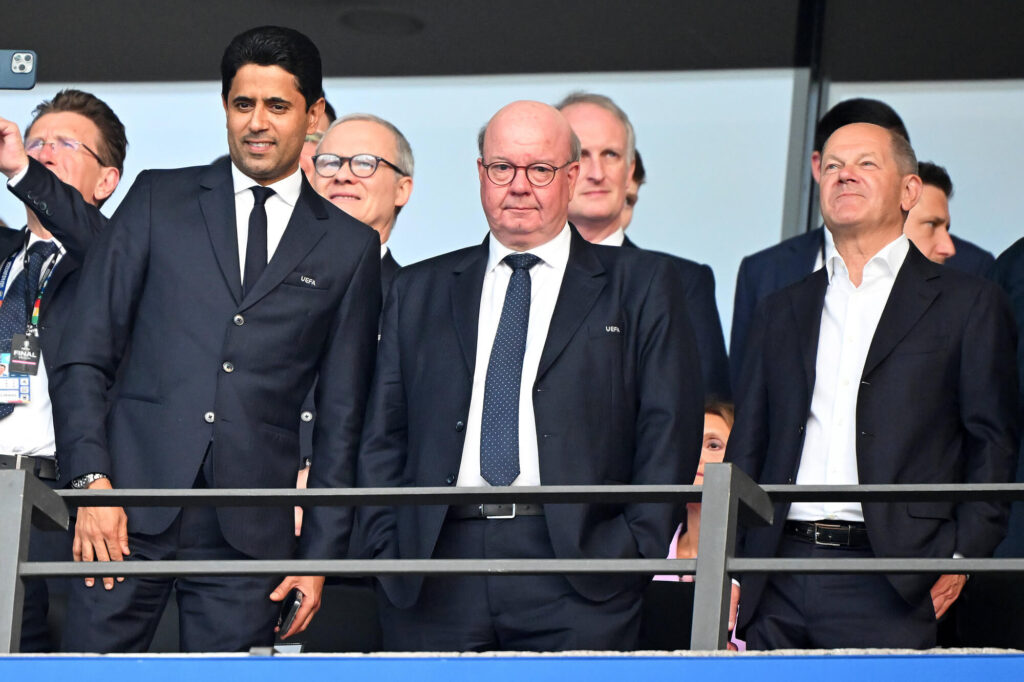
Financial Fair Play and Other Regulations
UEFA launched Financial Fair Play in 2011, mainly to ensure clubs not to spend more than they earn and collapse financially. Spending less on players and wages and more on sustainability, is meant to foster saving.
Under FFP, clubs must balance their income and spending related to football. Clubs that violate the rules can incur penalties. These could be fines, transfer bans, disqualification from European competitions. Such regulations have been fruitful in some way. However, critics argue it protects wealthy clubs from actual competition. Bigger clubs generate more income from global deals and have bigger fan bases compared to smaller clubs. Still, small clubs struggle to keep up even with smarter money management.
In 2023, UEFA proposed new financial rules that were to take into focus the squad cost ratios. Clubs would be allowed to spend only a percentage of their income on wages paid to players and on transfers. It was intended to make the football economy more balanced and fair.
Risks and Challenges
Despite its billions, football as a business manages risks. The Covid pandemic also showed how dependent clubs were on match day income. When all venues are shut, a club could easily lose millions. Some could even take mortgages or sell players to manage their balance sheets. Others include inflation in the transfer markets, rising wage demands and ownership instability.
But, there is increasing concern among fans about the commercialization of the sport. Clubs might take advantage of the profit motive to turn against the community, heritage and the fan voice. Failed attempts at projects such as the European Super League in 2021 only go a long way in proving this point.
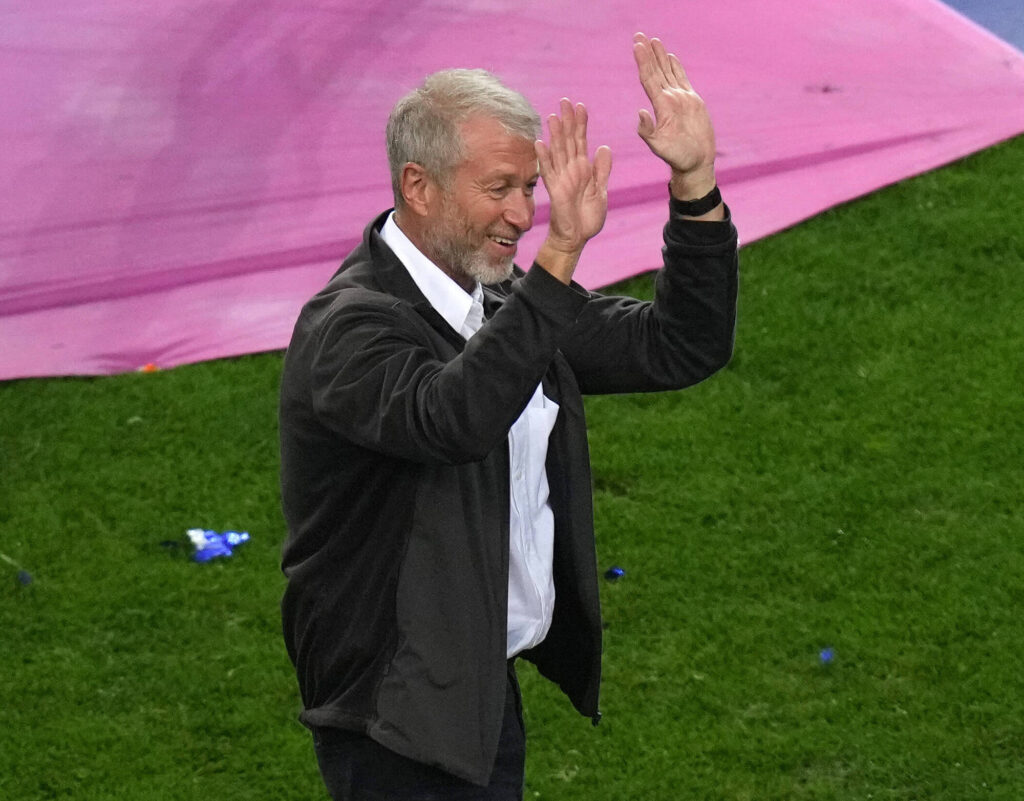
Striking a Balance Between Passion and Profit
Football is now much more than the game. There is a whole world built around it – a money machine out of passion and performance. Rights, sponsorships and ownership all contribute to turn a club into making profits. The economy of football has to keep evolving, balancing business success and integrity. The objective should be to make football an event that is exciting and competitive. But, it should also remain true to its roots while it embraces its global outreach.
